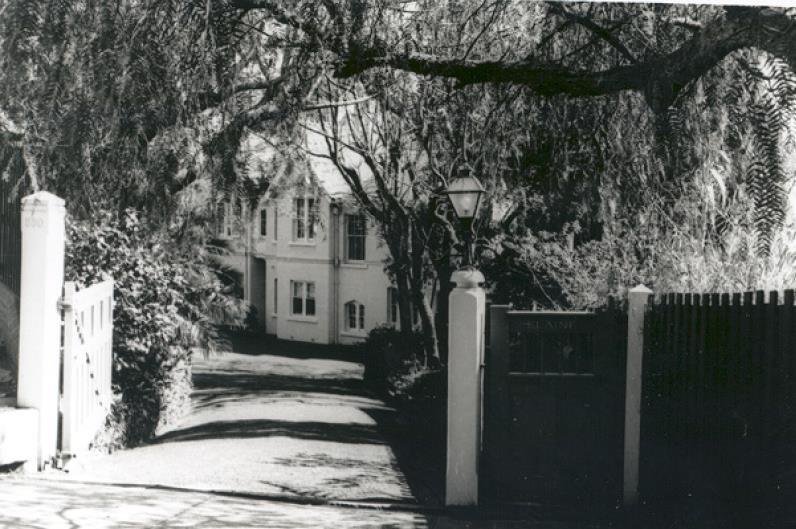News that Elaine—the 1863 Fairfax estate at Point Piper—could be razed for a retirement/aged-care precinct (“Elaine Gardens”) is moving through the State Significant pathway. Proponents say heritage, landscape and Aboriginal values will be considered—but demolition remains on the table. It’s early days, the plans are preliminary, and even partial retention is only one option being floated.
Obviously, we should never treat demolition as the default. NSW’s own Design Guide for Heritage and the Burra Charter both urge a cautious approach: keep what holds cultural significance, design new work to be legible and subordinate, and change only as much as necessary. Those aren’t slogans; they’re the benchmark the project needs to meet. If a scheme can’t clear that bar, the community has reason to be sceptical.
There’s also a carbon and cost question we can’t wave away. Adaptive reuse preserves embodied energy and can materially cut demolition and rebuild impacts. NSW guidance frames reuse as a sustainability lever, not a luxury—yet reuse can be complex and expensive. If the numbers only work by stripping the house to a façade, that’s not conservation; it’s theatre. Show the whole-of-life carbon, not just the glossy renders.
So what would a good, prove-it pathway look like here?
-A Conservation Management Plan and Statement of Significance first, mapping what must be kept (primary elevations, principal interiors, crafted elements) and where insertions could sit. If those studies say the mansion’s core is significant, demolition should be the last resort—not the opening bid.
-Massing and siting that keep the house legible in its garden setting—not overshadowed by bulkier new wings. Government Architect guidance is explicit about subservience and legibility.
-A credible interpretation strategy so residents and visitors inherit meaning, not just real estate.
-A side-by-side options test (deep-reuse vs hybrid vs rebuild) that compares planning risk, community acceptability, net present value and embodied carbon—published, not buried in appendices.
Seniors living may be a legitimate use here, but the onus is on the proponent to demonstrate that keeping Elaine’s cultural value is compatible with viability—not to assume it isn’t. Given the chequered history of subdivision and resale attempts on the estate, and the current financing/market signals, it’s fair to ask whether demolition is being used to solve a spreadsheet problem rather than a place problem. Proceed with caution, evidence and transparency—or don’t proceed.
Photo Source: Woollahra Municipal Council





